/ Featured Blogs
Availability Analysis of Brandable Variant-String Domain Names
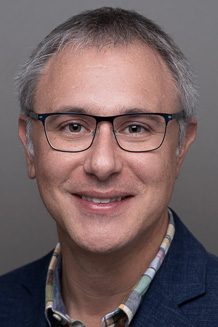 For any entity looking to launch a new company or other initiative, a primary requirement is often the selection of an appropriate brand name and the acquisition of a relevant associated domain name. In light of the increasing shortage of short, unregistered memorable names on popular domain name extensions (TLDs), many organisations are choosing to adopt novel or invented brand names and/or consider the use of alternative TLDs.
For any entity looking to launch a new company or other initiative, a primary requirement is often the selection of an appropriate brand name and the acquisition of a relevant associated domain name. In light of the increasing shortage of short, unregistered memorable names on popular domain name extensions (TLDs), many organisations are choosing to adopt novel or invented brand names and/or consider the use of alternative TLDs.
- By David Barnett
- Comments: 0
- Views: 2,451
Elizabeth “Jake” Feinler: The Mother of Whois
 Elizabeth "Jake" Feinler, known as the "Mother of Whois," transformed internet infrastructure as the ARPANET Network Information Center's lead. Her work in organizing data and pioneering Whois set the foundation for modern internet protocols. A trailblazer in technology, she championed inclusivity, mentoring women and minorities, while her legacy endures as a cornerstone of the digital age.
Elizabeth "Jake" Feinler, known as the "Mother of Whois," transformed internet infrastructure as the ARPANET Network Information Center's lead. Her work in organizing data and pioneering Whois set the foundation for modern internet protocols. A trailblazer in technology, she championed inclusivity, mentoring women and minorities, while her legacy endures as a cornerstone of the digital age.
- By Steve Crocker
- Comments: 0
- Views: 3,269
Cybersecurity Standards Competition
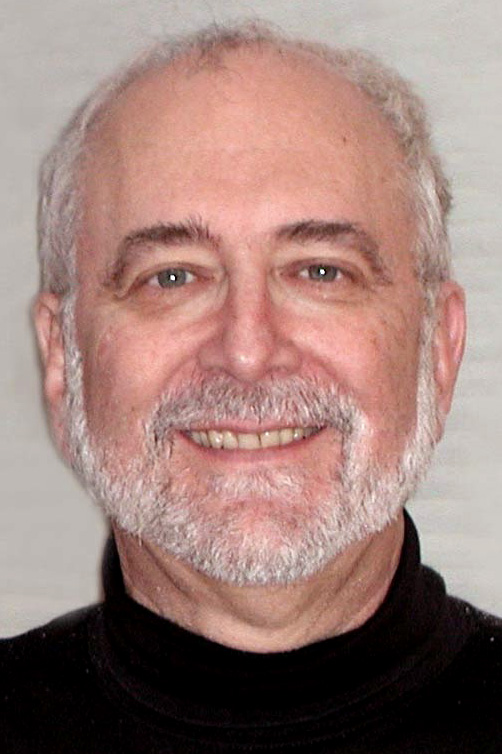 The conventional wisdom in the world of legacy standards-making is that monolithic standards produce, if not accelerate, better products and services. Conformance, certification, and associated labelling schemes to implement those standards were believed essential to trust. Although competition law seems now evolving in the other direction, regulatory standards-making bodies themselves have been accorded considerable anticompetitive cartel liability protection.
The conventional wisdom in the world of legacy standards-making is that monolithic standards produce, if not accelerate, better products and services. Conformance, certification, and associated labelling schemes to implement those standards were believed essential to trust. Although competition law seems now evolving in the other direction, regulatory standards-making bodies themselves have been accorded considerable anticompetitive cartel liability protection.
- By Anthony Rutkowski
- Comments: 0
- Views: 3,117
UN Cyber Diplomacy II: Cybersecurity and Autonomous Weapon Systems
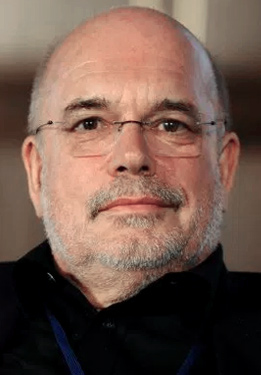 Cybersecurity and artificial intelligence were among the key topics at the 79th UN General Assembly (UNGA). UNGA's 1st Committee, responsible for disarmament and international security, concluded its negotiations in mid-November 2024. It discussed the 3rd Annual Progress Report (APR) of the Open-Ended Working Group (OEWG) and adopted a resolution that recommends, inter alia, the establishment of a new permanent cybersecurity mechanism within the UN system. Furthermore, it adopted two resolutions on autonomous weapon systems (AWS).
Cybersecurity and artificial intelligence were among the key topics at the 79th UN General Assembly (UNGA). UNGA's 1st Committee, responsible for disarmament and international security, concluded its negotiations in mid-November 2024. It discussed the 3rd Annual Progress Report (APR) of the Open-Ended Working Group (OEWG) and adopted a resolution that recommends, inter alia, the establishment of a new permanent cybersecurity mechanism within the UN system. Furthermore, it adopted two resolutions on autonomous weapon systems (AWS).
- By Wolfgang Kleinwächter
- Comments: 0
- Views: 5,288
Is Verisign a Monopoly? Does It Matter?
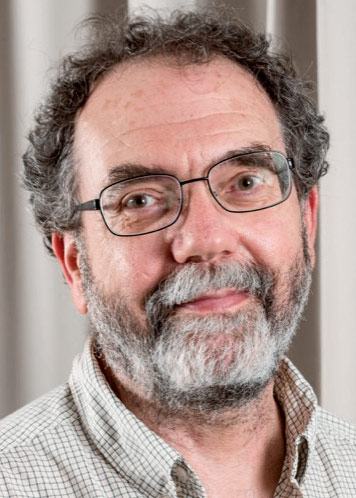 Senator Elizabeth Warren and Rep. Jerry Nadler recently wrote a letter complaining that VeriSign overcharges for .com domains due to its market power. They sent it to the Department of Justice and the National Telecommunications and Information Administration (NTIA). While you can make a reasonable case that the claim is true, two more interesting questions are "Why now?" and "Why bother?"
Senator Elizabeth Warren and Rep. Jerry Nadler recently wrote a letter complaining that VeriSign overcharges for .com domains due to its market power. They sent it to the Department of Justice and the National Telecommunications and Information Administration (NTIA). While you can make a reasonable case that the claim is true, two more interesting questions are "Why now?" and "Why bother?"
- By John Levine
- Comments: 8
- Views: 6,310
Starlink Backhaul for Rural Community WiFi: A Game Changer in Kenya?
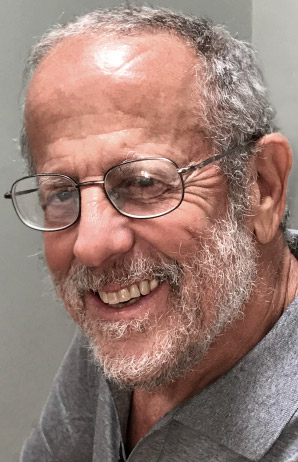 Starlink launched maritime service in July 2022, and by January 2023 Elcome International LLC, a maritime technology solution provider since 1970, had installed multi-antenna Starlink Maritime arrays on two super yachts with more than 100 passengers and crew. Elcome launched its Starlink maritime service in May 2024 and now has over 3,000 terminals under management.
Starlink launched maritime service in July 2022, and by January 2023 Elcome International LLC, a maritime technology solution provider since 1970, had installed multi-antenna Starlink Maritime arrays on two super yachts with more than 100 passengers and crew. Elcome launched its Starlink maritime service in May 2024 and now has over 3,000 terminals under management.
- By Larry Press
- Comments: 0
- Views: 4,163
Copper Theft Costs $1.5 to $2 Billion Annually: A Growing Crisis with Severe Consequences
 I recently saw that AT&T is offering a $10,000 reward to anybody who provides information that leads to the arrest and conviction of people stealing copper wiring. The particular announcement is related to a recent theft of copper in South Dallas, Texas, but there have been numerous other thefts. This is not a small problem, and the estimated value of stolen telephone copper is between $1.5 and $2 billion annually.
I recently saw that AT&T is offering a $10,000 reward to anybody who provides information that leads to the arrest and conviction of people stealing copper wiring. The particular announcement is related to a recent theft of copper in South Dallas, Texas, but there have been numerous other thefts. This is not a small problem, and the estimated value of stolen telephone copper is between $1.5 and $2 billion annually.
- By Doug Dawson
- Comments: 0
- Views: 3,840
New Data on Domain Name Contact Availability and Privacy
 Nearly 90% of the internet's generic top-level (gTLD) domain names do not have identifying contact information in the Registration Data Directory Services (RDDS) system, according to a report by Interisle Consulting Group. A key finding of the report is the rapid growth of registrar-provided proxy service offerings and the inclusion of these services for both new and existing registrations.
Nearly 90% of the internet's generic top-level (gTLD) domain names do not have identifying contact information in the Registration Data Directory Services (RDDS) system, according to a report by Interisle Consulting Group. A key finding of the report is the rapid growth of registrar-provided proxy service offerings and the inclusion of these services for both new and existing registrations.
- By Scott Schnell
- Comments: 0
- Views: 5,308
Copyright Infringement: a New Worry for ISPs
 Recent court rulings hold ISPs accountable for failing to disconnect users accused of copyright infringement, sparking alarm across the industry. As record labels push for harsh penalties and ISPs warn of the potential for mass disconnections, the debate highlights the flaws of outdated copyright laws and raises critical questions about fairness, enforcement, and the future of internet access.
Recent court rulings hold ISPs accountable for failing to disconnect users accused of copyright infringement, sparking alarm across the industry. As record labels push for harsh penalties and ISPs warn of the potential for mass disconnections, the debate highlights the flaws of outdated copyright laws and raises critical questions about fairness, enforcement, and the future of internet access.
- By Doug Dawson
- Comments: 3
- Views: 7,734
The Challenge Facing African TLDs
 Africa's digital ecosystem is growing rapidly, with internet access becoming a central driver for innovation, business, and socio-economic development. As this digital adoption expands, so too does the importance of domain governance, particularly the effective management of Top-Level Domains (TLDs). Unfortunately, over the years, African registries have struggled to manage their TLDs, often leading to missed opportunities, inefficiencies, and a loss of competitive edge in the global domain market.
Africa's digital ecosystem is growing rapidly, with internet access becoming a central driver for innovation, business, and socio-economic development. As this digital adoption expands, so too does the importance of domain governance, particularly the effective management of Top-Level Domains (TLDs). Unfortunately, over the years, African registries have struggled to manage their TLDs, often leading to missed opportunities, inefficiencies, and a loss of competitive edge in the global domain market.
- By Daniel Greenberg
- Comments: 0
- Views: 5,038